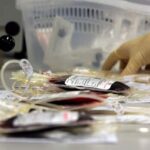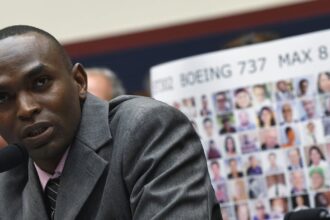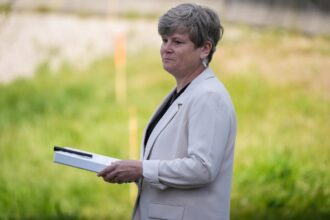In a crowded Toronto emergency room, Mei Lin watches anxiously as her elderly father grimaces in pain, unable to describe his symptoms to the attending physician. Despite living in Canada for five years, her father speaks minimal English, and no interpreter is readily available. This scene, playing out daily across Canadian hospitals, highlights a growing crisis in our healthcare system that remains largely invisible to English and French speakers.
Recent data from Statistics Canada reveals that over 7.8 million Canadians—nearly 22% of the population—speak a mother tongue other than English or French. Yet our healthcare infrastructure continues to lag behind this demographic reality, creating dangerous gaps in care quality and accessibility.
“Language barriers are not just inconveniences—they’re life-threatening,” explains Dr. Samira Ahmed, Director of Equitable Healthcare Access at Toronto General Hospital. “When patients cannot effectively communicate symptoms or understand treatment plans, we see higher rates of misdiagnosis, medication errors, and unnecessary return visits.”
A comprehensive study published in the Canadian Medical Association Journal last month found that patients with limited English or French proficiency face 35% longer wait times, receive 27% fewer preventative screenings, and experience 41% higher rates of adverse medical events compared to their English or French-speaking counterparts.
The economic implications are equally concerning. According to the Canadian Institute for Health Information, language barriers contribute to an estimated $290 million in additional healthcare costs annually through redundant testing, extended hospital stays, and preventable complications.
“We’re seeing a two-tier system developing—not based on wealth, but on language ability,” notes health policy researcher Dr. Jean-Pierre Bouchard from the University of Montreal. “This fundamentally undermines the principle of universal healthcare that Canadians value so deeply.”
Despite these challenges, innovative solutions are emerging across the country. Vancouver Coastal Health has implemented a 24/7 phone interpretation service covering over 150 languages, while several Ontario hospitals now use tablet-based video interpretation technology. In Montreal, a pilot program trains and certifies community members as medical interpreters, creating both employment opportunities and improved healthcare access.
The federal government recently announced a $42 million initiative to expand interpretation services nationwide, but critics argue this falls far short of addressing systemic issues. Dr. Ahmed believes more fundamental changes are needed: “Medical schools must incorporate cultural competency training, and healthcare facilities need to hire more multilingual staff reflecting the communities they serve.”
For families like Mei Lin’s, these changes cannot come soon enough. “My father avoided seeking treatment for weeks because of previous frustrating experiences,” she explains. “By the time we came to the emergency room, his condition had significantly worsened.”
As Canada continues to welcome immigrants and refugees from around the world, our healthcare system must evolve to meet their needs. The question remains: will we recognize language access as a fundamental component of healthcare equity, or continue to treat it as an optional service?
For more coverage on Canada’s evolving healthcare landscape, visit our Canada News section.

























